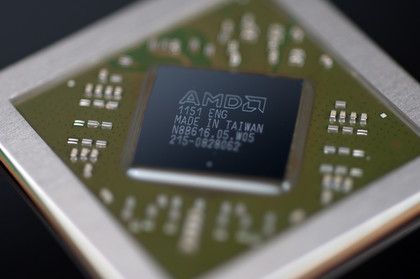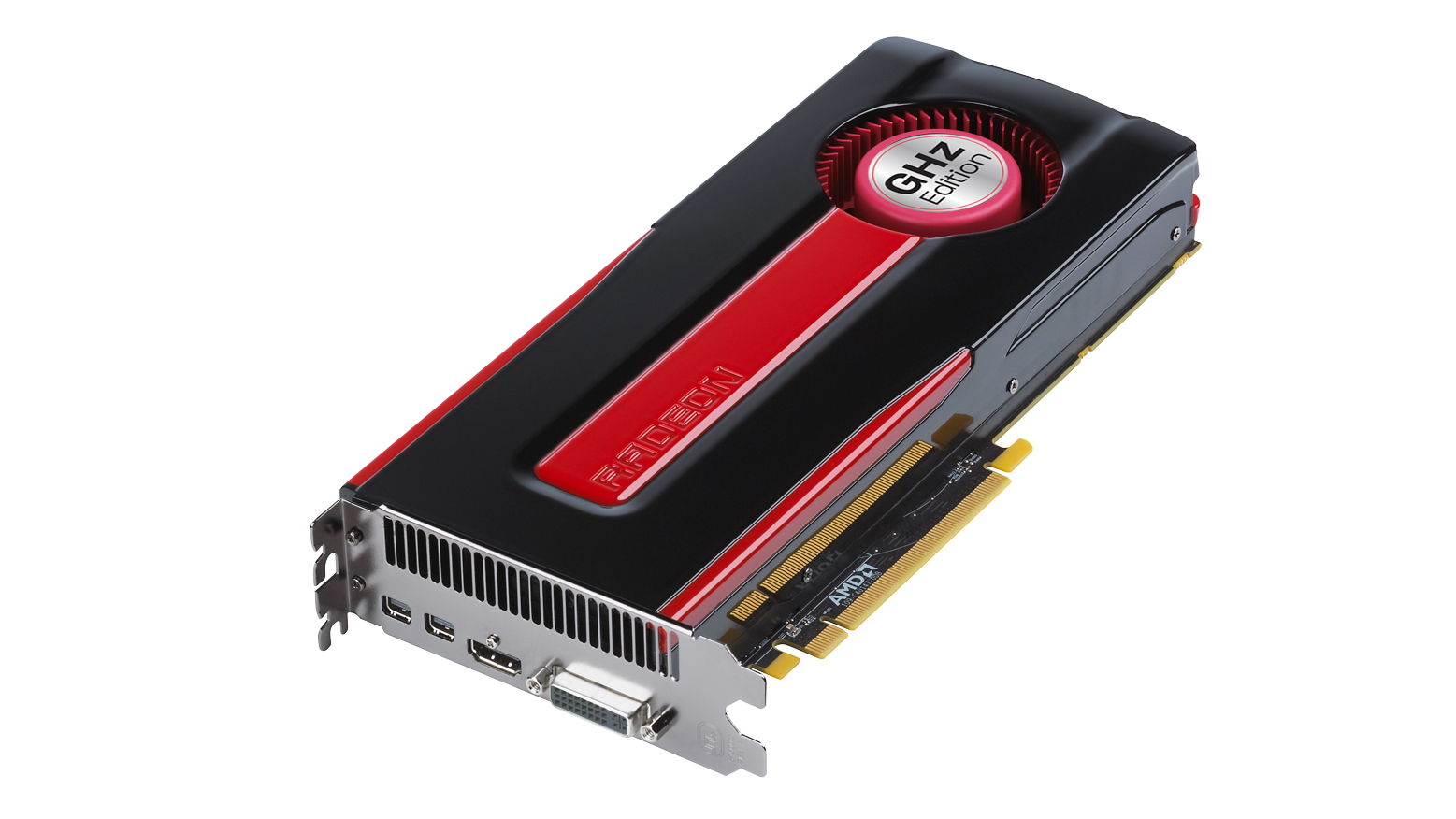Why you can trust TechRadar
Unlike the previous Northern Island generation of cards the top two series of the Southern Islands generation of GPUs have a lot in common with each other.
Both the Radeon HD 7900 and Radeon HD 7800 series GPU are based on the same GPU architecture with just a few of the Compute Unit building blocks removed from the lower caste GPUs.
Contrast that with the HD 6900 and HD 6800 series cards, where they used different instruction sets, and you can see you're not losing out architecturally with the AMD Radeon HD 7870.
The Cayman GPU of the HD 6900 cards was built using AMD's then brand new setup, the VLIW5 architecture, while the HD 6800 series (and below) were based on the previous generation's HD 5800 series VLIW5 architecture.
We can forget all about the Very Long Instruction Word (VLIW) GPUs now though as AMD has completely ditched that design in favour of a scalar processor design more in line with what Nvidia has been doing for the last few years.

Without re-treading too much of the ground we trod with the AMD Radeon HD 7970 architectural review, the original AMD tech sorted out instructions into batches before pushing them off down the GPU pipelines.
For fixed-function graphics work, like gaming, it was a great solution.
The Graphics Core Next GPU though is built of Compute Units (like Nvidia's Streaming Microprocessors) which are like tiny, self-contained processors.
The resulting chip then has lots of these little processors which will each work on one instruction at a time until all the work is completed.
This means that for varied GPGPU tasks the more flexible architecture should produce better results.
To make sure it's still gaming-capable though there are four vector units in each CU to make for a combination of its old-school vector processing and the scalar architecture.
The HD 7870 has 20 of these Compute Units, making a total of 1,280 stream processors. Compared with the 32 CUs and 2,048 shaders of the HD 7970 and the 28 CUs and 1,792 shaders of the HD 7950 that's quite a drop.
It also means that the AMD Radeon HD 7870 also looks a little shader-poor when compared with even the relatively lowly HD 6950. That card's got a decent complement of 1,408 stream processors in its make up.
With the 28nm process and very different architecture though that makes it a bit of an apples vs. llamas comparison.
Like the AMD Radeon HD 7900 series cards, the HD 7870 also comes with twin geometry engines, making for some serious tessellation performance; which makes absolute mincemeat of the HD 6900 series in theoretical tessellation benchmarks.
That said in basic teraflops terms the AMD Radeon HD 7870 is still a little behind its HD 6970 grandad. The 1,536 shaders of the elderly VLIW4 architecture pumps out around 2.7 TFLOPS of raw GPU processing power while the HD 7870 is batting around the 2.5 TFLOPS mark.
